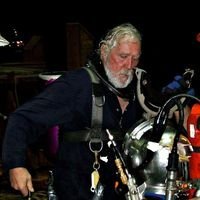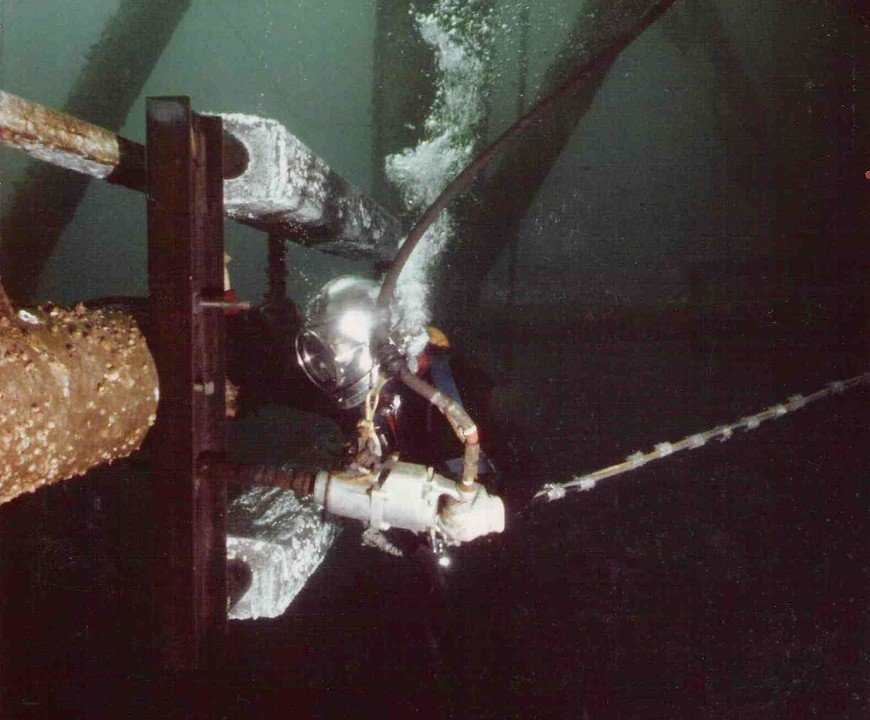The truth is it's both. I strongly recommend that all diving companies, large and small, review all your planning and offshore required paperwork, basic operating standards and emergency procedures. Involve your supervisors and divers and get rid of everything that is unnecessary and counterproductive. Unnecessary paperwork eats time and can get your company in a legal bind.
Next step: Train your offshore and onshore personnel on how they should be used. I'm going to point out some problems with three required documents in common use, when not used properly. Bridging Documents, Management Of Change and Job Safety Analysis.
- Bridging Documents: Make sure that your offshore personnel knows who's rules they are to follow. There are differences in procedures, responsibility, and chain of command, between you and your customer. (Simple real world example) Burning was not planed on the job, so it was not dealt with in the bridging document. Management of Change Procedure was not followed due to the insistence of the on-site Clint Rep. No one in the dive team was made aware of the differences. When there was, in fact, an incident; it caused both the customer and the contractor to be investigated, time, money and good will.
- Management of Change: Most companies have a process for change and these vary wildly. In some areas of the world, such as the North Sea and much of the Gulf of Mexico, Management of change and Bridging Documents are required by regulation. Make sure you and your offshore personnel understand a Procedure or Management Of Change is not required to save life. You can legally wright it later! Regulation or not the best practice is: All contractors on the job using the same Management of Change Procedure. (Simple real world example) A third party rigging company was replaced for performance issues while the job was in progress. Their Management of Change only required the rigger foreman to discuss it with his crew and do what needed to be done. To keep this simple the rigging crew was working from the structure in conjunction with a Saturation Dive Vessel. The Rigging Foreman didn't like the rigging and made changes as they were setting up. Luckily no one was hurt but this did cause an additional day of job shut down. The Job Superintendent was asked by the Dive Supervisor why the changes where made? The Superintendent did the right thing and called for the stand-down and got everyone on the same page. No incident but lost time.
- Job Safety Analysis, JSA: Great tool when used properly! If you are using canned JSA's with no discussion or input from your crew, you are not informed, nor is your crew. The method of, Read & Sign, is not Safety Culture, it is an accident waiting to happen. The JSA need's to be discussed, your crew's questions answered and their input considered for addition. Then and only then signed by all hands!
Dive Safe; It Is Profitable And It Hurts Less!
John Carl Roat!




Recommended Comments
There are no comments to display.